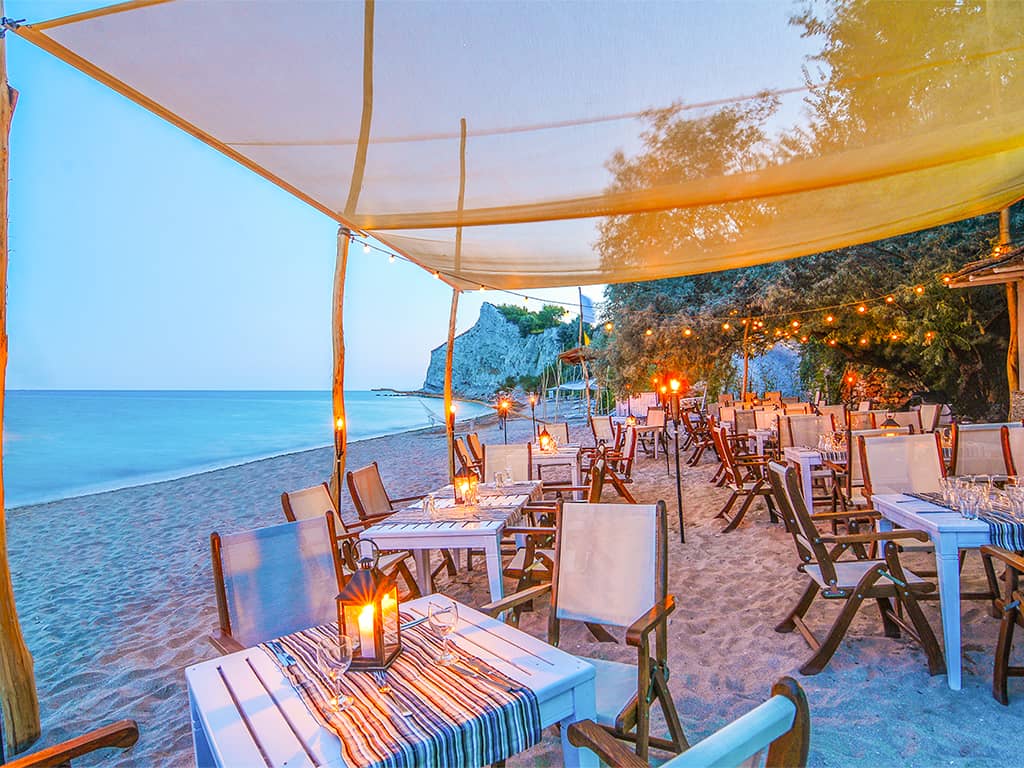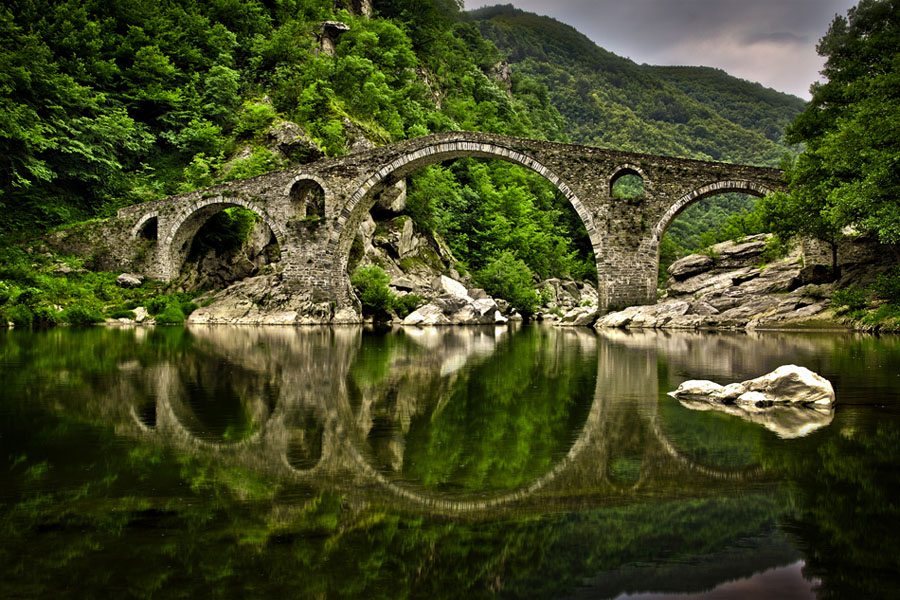
The healing power of mineral springs has been recognized since the time of the Thracians, who were renowned as healers. “The Holy Springs of Thrace” were famous throughout the Roman Empire. Few countries in Europe can rival Bulgaria’s SPA, Balneological and Wellness tourism, with its abundance and diversity of thermal mineral waters and curative mud deposits. There are more than 550 known sources. Predominant are waters with low mineral content – 66.7% of the springs, as opposed to 14.4% with higher mineral content and 17.9% that are naturally carbonated.
Bulgaria also possesses valuable deposits of curative firth mud and curative peat.
The climate in the country is exceptionally favorable compared to that of traditional destinations for balneology tourism in Western Europe and the Mediterranean.
Mineral springs located in the southern part of the country are influenced by the Mediterranean climate; other springs are found in mountain regions with coniferous vegetation and crystal springs; and still others are along the Black Sea coast. This, together with the great diversity of herbs and other flora used for aroma therapy and phytotherapy, provides opportunities for beneficial year-round treatment and prophylaxis of a range of ailments, and it also creates excellent conditions for relaxation.
Bulgaria is famous for its 600 healing mineral water springs. Another main advantage is that the bio climate and the balneological resources are in rare combinations known as mountain combination and sea combination. The mixture of wonderful nature and modern Spa-complexes contributes to Bulgaria being a preferred Spa and wellness destination.
Hisarya is a small resort town in Bulgaria, in Plovdiv Province. It is notable for the impressive remains of the ancient Roman city of Diocletianopolis, the enormous walls of which still stand close to their original height for the majority of their circuit. The ancient city lies largely unencumbered by the adjacent modern town, in green parkland full of birdsong. In the centre of the park are still over two dozen hot mineral springs. The town was founded thousands of years ago probably on account of its hot springs. Some pre-historic remains have been found in what is now the town centre. Later, it became a Thracian city and, when Thrace fell to the Romans and became a Roman province, Hisarya became a Roman town — one of the three most important towns in the province. Many Roman ruins are visible everywhere — public buildings, a small amphitheatre, the barracks of the Roman garrison, the foundations of a couple of the oldest churches in Bulgaria, as well as the best-preserved Roman city walls in Bulgaria.




